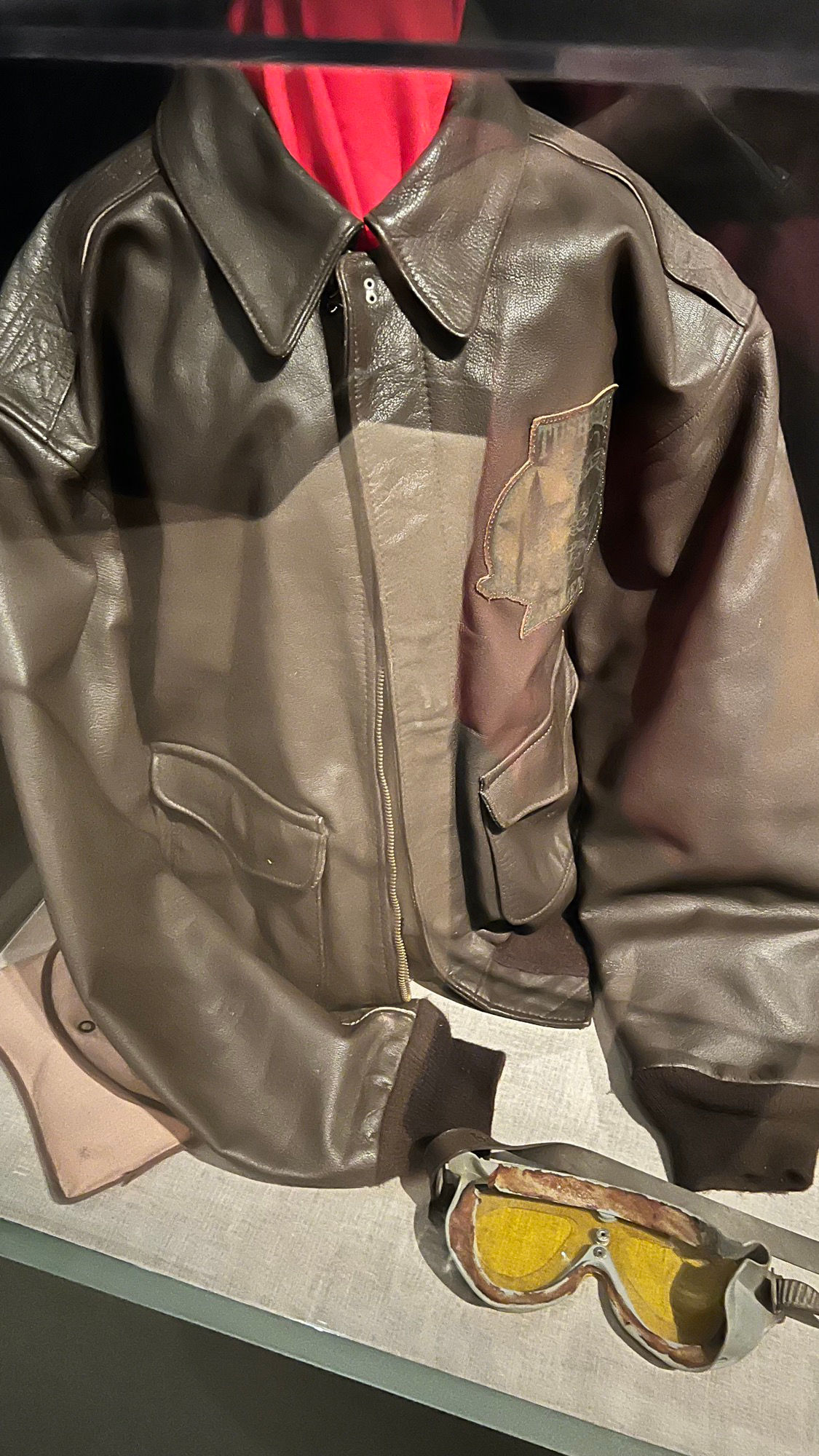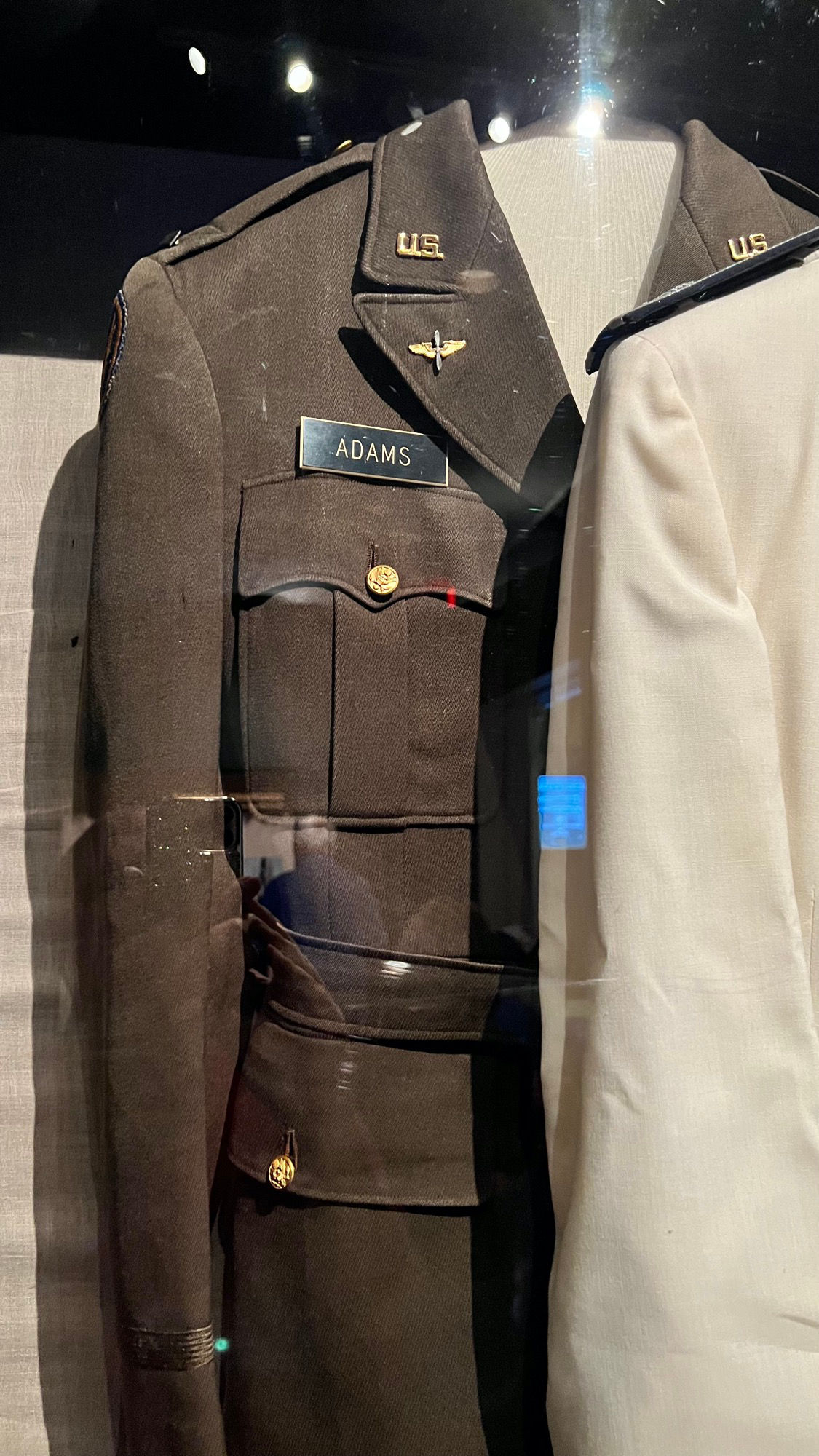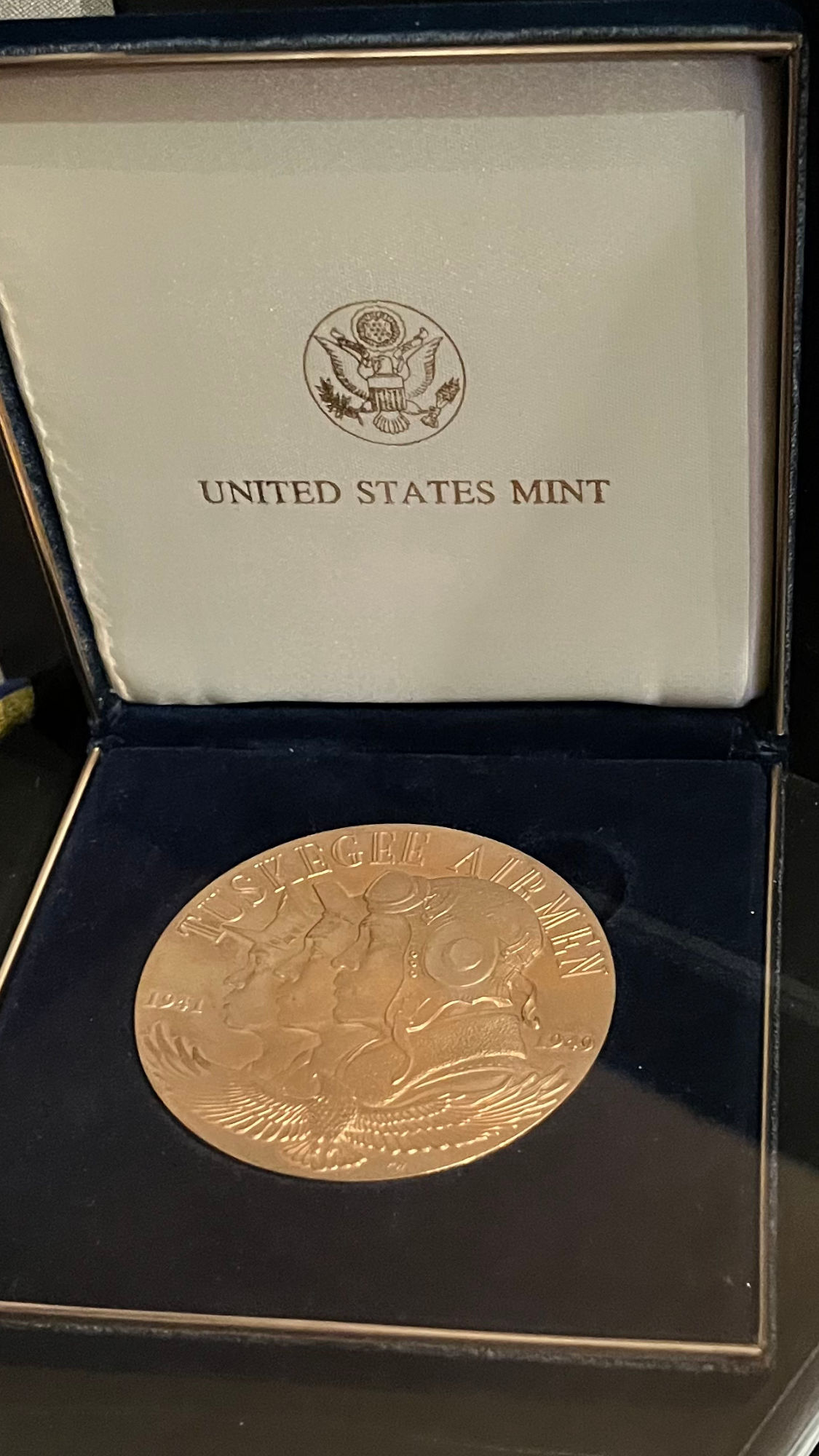
The foundation of the Tuskegee Airman was formed in 1939 as a result of two initiatives signed by President Franklin D. Roosevelt, the Civilian Pilot Training Act (CPTA) and the expansion of the Army Air Corp. The Civilian Pilot Training Act allowed African Americans and women to train as civilian pilots addressing the nation-wide shortage of aviators. When the United States entered WWII, the CPTA transformed into a wartime program permitting only males to serve in the military as pilots. Prejudice and discriminatory laws prevented black aviators from serving as military pilots until 1941.
That year, the War Department created the 99th Pursuit Squadron, a racially segregated unit. The unit trained at the Tuskegee Army Airfield in Alabama becoming the Tuskegee Airmen. The unit consisted of pilots, medical personnel, quartermasters, mechanics, and support staff.
The first Tuskegee classes trained on the Army's PT 17 Stearman, a single-engine bi plane. Captain Benjamin Oliver Davis Jr., a graduate of the first class, became the squadron's commander in 1941 and would go on to become the Air Force's first black general.
The unit was also made up of the 477th Bombardment Group. The 477th struggled with poor equipment, shortages of technicians, and continued racial discrimination that resulted in the Mutiny on Freeman Field. The mutiny brought attention to both the unfair treatment and the discrimination that Black pilots and officers faced while actively serving. They never deployed.
 The 99th began their combat tour in North Africa flying P-40 Warhawks.
As the allies advanced into Italy, the 99th joined other newer segregated units, the 100th, 301st, 302nd making up the 332nd fighter group.
The 99th began their combat tour in North Africa flying P-40 Warhawks.
As the allies advanced into Italy, the 99th joined other newer segregated units, the 100th, 301st, 302nd making up the 332nd fighter group.
By 1944, the units started flying P-47 Thunderbolts and P-51 Mustangs. The tails of the Mustangs were painted red for easy identification, earning them the nickname "Red Tails" or "Red Tail Angels." They escorted the 15th Air Force bombers deep into enemy territory. In air to-air combat, the 332nd shot down 94 enemy aircraft. They flew their last combat mission on Aptil 26, 1945. All together, they flew over 15,000 missions.
In 2007, the unit was collectively awarded the Congressional Gold Medal of Freedom. This honor included all of the Tuskegee Airmen including SGT Amelia Jones, a member of the Women's Army Auxiliary Corp (WAAC). Sgt Jones helped supervise the postal service at Godman Field making sure the Tuskegee airmen received critical letters from home. She and her other 120 African American female service members fought both gender barriers and racial discrimination. The dedication and selfless service of the Tuskegee airmen and their supporting units brought not only victories on the battlefield, but victories in the war against racial injustice.


1943-1945
In 1943, Harmon decided to fulfill his childhood dream of being a pilot by enlisting in the US Army Air Corps. He trained at the Tuskegee Army Air Field and graduated from class TE-45-G as a Second Lieutenant on October 16, 1945. He retired in 1968 as a Lieutenant Colonel in the USAF Reserves.

1996
A Tuskegee Bomber Pilot and Tuskegee Fighter Pilot were immortalized as Gl Joes.

1942-1945
Adams enlisted in the US Army Air Corps in 1942. He was commissioned as second lieutenant in 1943, and assigned to the 332nd Fighter Group in Naples, Italy, flying P-40s. He was discharged in 1945, but re-enlisted as a first lieutenant a year later. He retired as a lieutenant colonel and deputy base commander in Lincoln, NE.

Post-1942
McGee enlisted in the US Army Air Corps in 1942, earning his pilot's wings and graduating from Class 43-Fin 1943. He served with the 302nd Fighter Squadron in Italy flying attack missions and bomber escorts. He flew 409 aerial fighter combat missions in WWII, Korea, and Vietnam. McGee was promoted to Brigadier General in the USAF.

2006-2007
In April 2006, Congress awarded the Congressional Gold Medal to the Tuskegee Airmen, and it was presented to the surviving Airmen on March 29, 2007. The medal depicts three Airmen: an officer, a mechanic, and a pilot. The reverse side depicts three types of airplanes flown in World War II: the P-40, P-51 and B-25.









